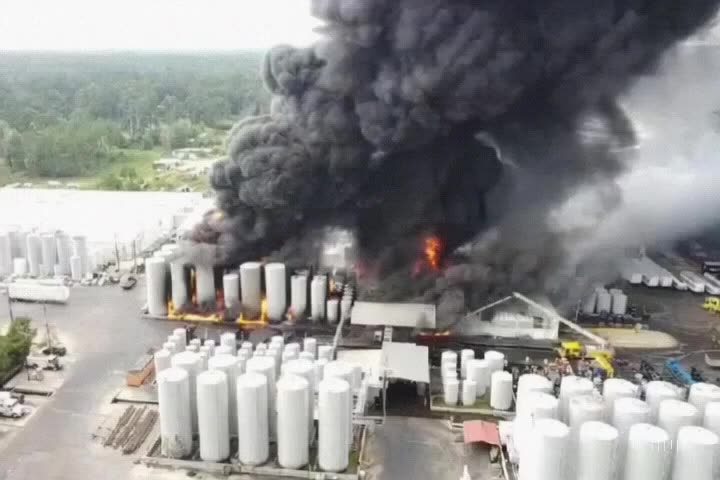Just as the clock struck midnight, the earth beneath us lurched violently to life. No warning signs, no rumblings of thunder – just a sudden, bone-jarring jolt that sent shockwaves through sleepy towns and cities. Buildings shuddered and swayed like trees in the wind, some crumbling to dust under the force of the quake. Panic set in as people scrambled out of bed, barefoot and disoriented, their faces etched with fear.
The earth’s fury was unleashed in a matter of seconds, escalating from a gentle tremor into one of the most powerful earthquakes the region has seen in years – a terrifying ordeal that had only just begun. At 1:30 am on Monday morning, a massive 7.7-magnitude earthquake struck near the China-Myanmar border, its epicenter a mere 10 kilometers beneath the surface.
The devastating impact was felt across southern China, northern Thailand, and parts of Myanmar. Initial reports confirm dozens of lives lost and hundreds more injured, with countless others feared trapped under collapsed structures. The quake’s reach extended far beyond its epicenter, rattling major cities like Chiang Rai and Chiang Mai in northern Thailand.
Rescue teams are battling immense challenges – damaged infrastructure, power failures, and broken communication networks – to deliver urgent aid around the clock. Emergency responders are working tirelessly to provide shelter, medical attention, and relief to those caught in the disaster’s wake.
As the devastation becomes clearer, the race to save lives intensifies. This powerful quake has left a wide swath of destruction across several countries, underscoring the critical need for swift international cooperation and humanitarian assistance. The hours ahead will be crucial in determining how many can be rescued and cared for.
